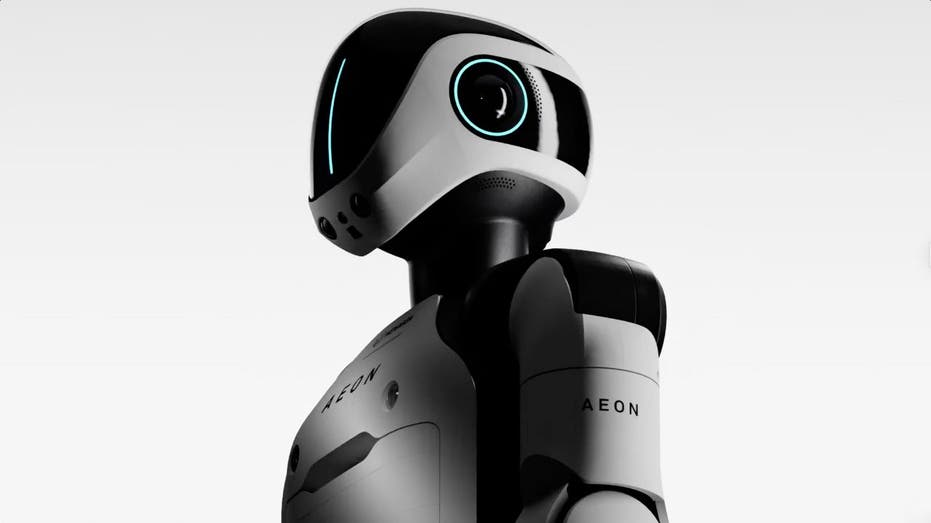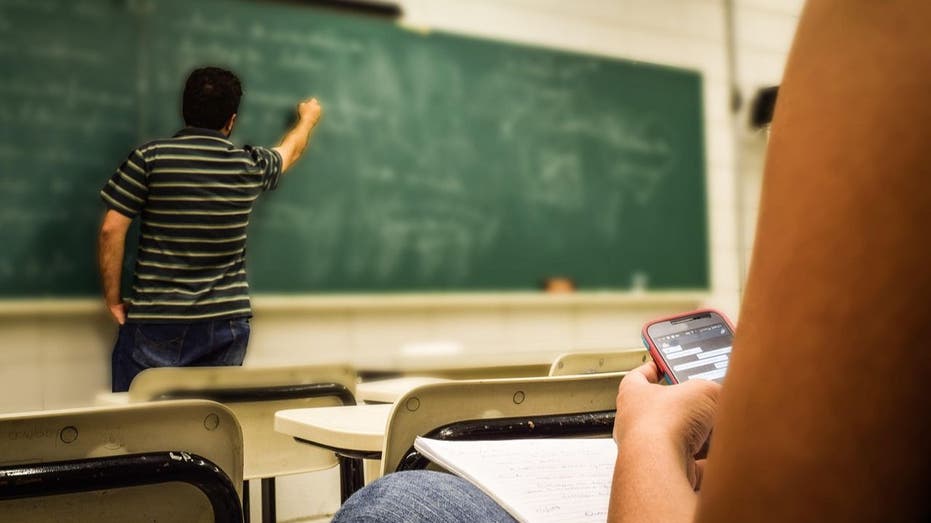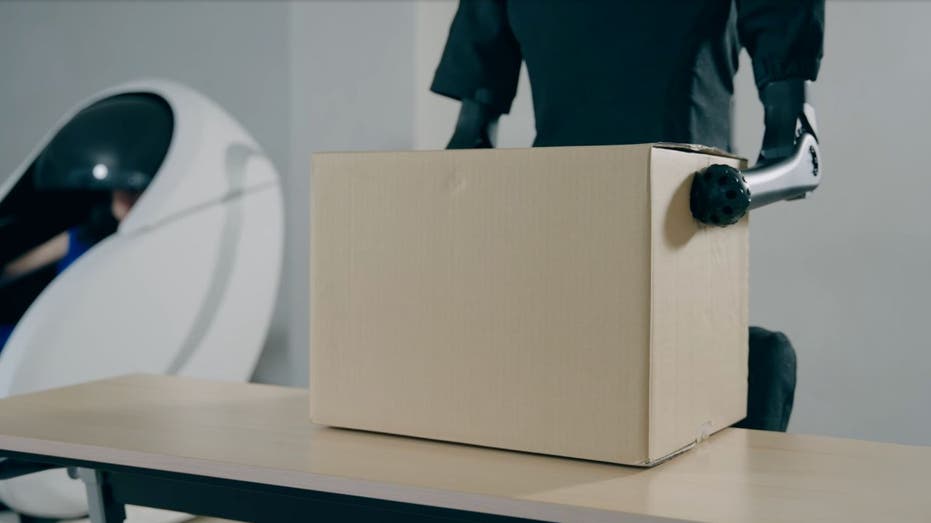📰 Job-killing robot learns at work, and it’s coming to the factory floor

The article discusses how companies are facing challenges such as labor shortages and rising costs, leading to a growing need for efficiency. Robots like AEON by Hexagon are being introduced to handle repetitive and error-prone tasks in factories and warehouses, aiming to improve productivity and workplace safety. AEON’s capabilities are powered by advanced technology, including NVIDIA’s robotics platform for AI, Microsoft Azure for cloud infrastructure, and Maxon’s actuators for agile movement. The robot’s spatial awareness, versatility, and self-learning loop contribute to its ability to adapt and improve over time. Collaborations with industry leaders like Schaeffler and Pilatus are already showcasing AEON’s adaptability and value in real production settings, potentially shaping the future of work in industries facing labor shortages.
📰 How Google’s ‘Ask Photos’ uses AI to find the pictures you want

Google Photos has introduced a new feature called Ask Photos, powered by Google’s Gemini AI, allowing users to search their photo library using natural language. This AI search tool enables users to ask complex questions like “Show me the best photo from each national park I’ve visited” or “What did I eat on my trip to Italy?” Gemini AI analyzes photos based on context, dates, locations, and themes to provide accurate search results. The rollout of Ask Photos was paused earlier to address speed and quality issues but has now resumed, offering both classic search results and Gemini AI results on a single page. Users can opt out of Ask Photos if they prefer classic search, ensuring flexibility in their search experience. Google confirms that private photos remain untouched by advertising and only specific queries may be reviewed to enhance the service, emphasizing privacy protection. Ask Photos aims to make it easier for users to find specific memories with the help of natural language search and Gemini AI, potentially revolutionizing the way users interact with their photo libraries.
📰 Schools turn to handwritten exams as AI cheating surges

The rise of artificial intelligence in education is challenging traditional assessment methods, prompting schools to reconsider how they evaluate student learning. With tools like ChatGPT becoming prevalent, students can quickly complete assignments, raising concerns about the authenticity of their work. Some institutions are reverting to using pen and paper, such as the revival of the “blue book,” to combat academic dishonesty facilitated by AI. Despite efforts to detect AI misuse, the sophistication of AI writing tools makes it difficult to differentiate between human and AI-generated content. While some advocate for in-person exams to prevent cheating, others argue for a balanced approach that includes teaching students responsible AI use and critical thinking skills.
The article highlights the widespread use of AI tools like ChatGPT in education, with a significant percentage of students utilizing them for various academic tasks. The surge in AI-related academic misconduct has led to challenges in maintaining academic integrity, prompting universities to explore different strategies to address the issue. Despite the rise of detection software, the ability of AI to mimic human writing poses a significant challenge in identifying plagiarism effectively. Some institutions are opting for in-person exams using pen and paper to mitigate the impact of AI on student assessments.
The advancement of generative AI has made it increasingly difficult to detect plagiarism, as AI tools can replicate human writing styles with high accuracy. While some schools have moved away from detection software due to concerns about accuracy and privacy, others are reintroducing handwritten exams to prevent AI misuse. Critics argue that relying solely on timed, in-person exams may hinder students’ development of research and analytical skills, suggesting a more balanced approach that integrates AI literacy into the curriculum. As AI tools continue to evolve, educators are exploring new assessment methods to ensure academic integrity and prepare students for the professional world.
The article emphasizes the need for schools to adapt to the challenges posed by AI cheating in education, highlighting the importance of maintaining academic integrity while equipping students with essential skills for the future. The resurgence of traditional assessment methods like handwritten exams reflects educators’ efforts to address the impact of AI on student learning. Balancing the use of analog tools like blue books with digital detection methods and teaching responsible AI use is crucial in preparing students for a technology-driven world. As education evolves alongside AI advancements, the focus shifts towards ensuring students acquire the necessary skills, knowledge, and values to succeed in a rapidly changing landscape.
📰 Is your phone hacked? How to tell and what to do

Phones today are more secure than ever, with iPhones having strong built-in protections, though Android devices still lag in some areas. Despite advancements, phone hacks are more common than perceived, with sophisticated spyware like Pegasus posing a threat to top-tier security. Common tactics exploiting human error or weak settings are often used to compromise phones. Attackers can gain access through phishing, SIM-swapping, malicious apps, public Wi-Fi networks, and outdated software. To protect your device, change passwords, use antivirus software, update regularly, enable two-factor authentication, and avoid unsecured public Wi-Fi.
📰 New capsule device lets you control robots with your entire body

H2L, a Tokyo-based startup, has introduced the Capsule Interface, a device that enables controlling robots using the entire body, including physical force. The technology, based on muscle displacement sensors, offers a new level of immersion and precision in human-robot interactions. Unlike traditional teleoperation systems, the Capsule Interface captures both intent and effort behind movements, enhancing authenticity and responsiveness. The device is designed for comfort and accessibility, allowing users to operate robots while sitting or lying down without bulky wearables. Future upgrades aim to provide proprioceptive feedback, enabling users to feel what the robot is doing, enhancing remote collaboration in various fields.
0개의 댓글